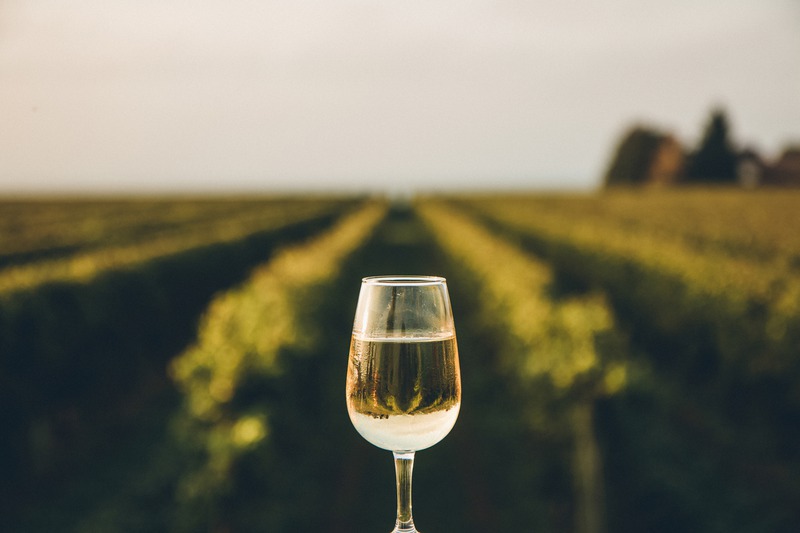Wine enthusiasts and novices alike often wonder why a Pinot Noir from California tastes wildly different from one produced in Burgundy. The answer lies in a fascinating interplay of factors that are unique to each wine-producing region. These determinants shape the profiles of wines, gifting them with distinct flavors, aromas, and characteristics.
The Foundation of Wine Identity
Understanding the differences in regional wines hinges on the concept of terroir. This term encapsulates the unique environment in which grapes are cultivated, influencing the characteristics and flavors of the wines produced.
Factors that Make Up Terroir
Terroir consists of several key components that shape the identity of a wine.
-
Climate: The climate of a region plays a significant role in the type of wine produced. Hotter regions are known for producing bolder, more alcoholic wines, while cooler climates tend to generate lighter, more acidic varieties.
-
Soil Composition: The mineral content within the soil can greatly influence a wine’s flavor profile. Different soils impart various characteristics, contributing to the wine’s complexity and expressing the essence of the vineyard.
-
Topography: The physical features of a landscape, such as altitude, slope, and sun exposure, affect grape maturity. How these elements interact with the grapevines directly impacts the taste of the final wine.
The Unique Expression of Regional Wines
Each of these components of terroir contributes to the distinct expression of wines from different regions.
-
For instance, a wine from a dry, sunny area may have more pronounced fruit flavors, while a wine from a rocky, cooler vineyard might display a subtler elegance.
-
This unique combination of elements leaves its imprint on the final product, resulting in wines that are truly representative of their origin.
By appreciating the concept of terroir, wine lovers can better understand the nuances and qualities that define their favorite wines.
Celebrating Wine Diversity
Exploring terroir invites drinkers to celebrate the diversity of wine around the world.
-
It encourages enthusiasts to taste the differences and explore the stories behind each wine.
-
Ultimately, terroir forms the foundation of wine identity, connecting the drinker to the land where it originates.
The interplay between climate, soil, and topography creates varied expressions of wines that reflect their environments. Understanding terroir enhances the appreciation for wine, as it reveals the intricate relationship between nature and the art of winemaking.
Viticulture and Winemaking Practices
Human intervention through cultivation and production methods also plays a critical role in the flavor profile of wines. Regional traditions, advancements in technology, and personal philosophies of winemakers lead to varying practices such as:
-
Grape variety selection suited to regional conditions.
-
The timing of harvest, which can influence the sugar and acidity levels in grapes.
-
Barrel aging processes that impart distinct woody notes and tannin structures.
These techniques help shape a wine’s character, making each region’s offerings truly unique.
Local Wine Legislation and Classification
Wine laws and regulations set by regional governing bodies establish strict guidelines for wine production. These rules often define:
-
The grape varieties allowed.
-
The specific geographic boundaries of the wine region.
-
Yield limits and alcohol content parameters.
Such regulations enforce a standard that both preserves traditional wine profiles and distinguishes them from other regions. Understanding the factors that contribute to a wine’s uniqueness can greatly enrich your tasting experiences. Participating in activities like wine tasting with lunch provides an opportunity to savor a variety of flavors while learning about different regional characteristics.
Cultural Influences on Wine Personality
The history and culture of a wine-producing area can subtly influence the flavor profile of its wines. Long-standing winemaking traditions passed down through generations impact both the viticulture practices and wine styles that define a region’s vintages. Bottle labeling and naming conventions reflect cultural heritage and contribute to the narrative that surrounds a region’s wine, further distinguishing it from others.
Regional Grapes and Blends
Some regions are known for specific grape varieties or characteristic blends, such as Bordeaux’s renowned cabernet sauvignon and merlot mixes. These traditional grape combinations are often the result of centuries-old experimentation, finding what thrives in the area and appeals to local palates. Such preferences filter down to the flavors and blends becoming synonymous with their regions of origin.
Personal Preferences and Perception
Tasters’ personal preferences and the psychological aspect of tasting also contribute to the perception of wine flavors. Expectations, mood, and the social context of wine consumption can influence how individuals perceive and describe wine flavors. Moreover, the power of suggestion can shape one’s tasting experience, especially when knowledge of a wine’s origin is present.
Embarking on a Journey
To explore the nuances of regional flavors, consider experiences such as a mixed wine and beer tour. These adventures allow enthusiasts to taste a range of products while immersing themselves in different regional winemaking philosophies and styles.
As global climate patterns shift, traditional wine regions are experiencing changes in weather conditions, raising concerns about the future of wine flavors. Temperature increases and altered precipitation levels could lead to variations in grape phenology and ripeness, affecting the consistency and profile of wines associated with certain areas.
Discovering Regional Wine Offerings
For those looking to delve into the distinctiveness of wines, curated selections like winery packages Niagara showcase the variety that a particular region can offer. These packages offer a comprehensive look at local wines, providing a broad understanding of regional flavor profiles.
Closing Remarks
In the pursuit of understanding why wine flavors vary between regions, we come to appreciate the complexity and richness of viticulture. It’s a journey that transcends the simple act of tasting and becomes an exploration of geography, culture, and tradition—the very essence that makes each bottle of wine a unique expression of the place it originated from.


